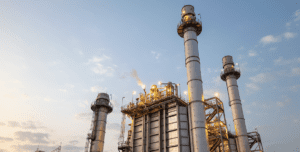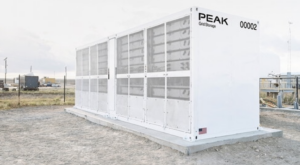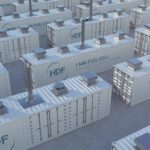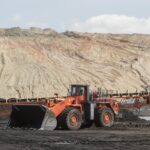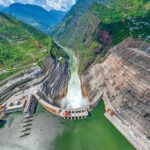An African banking group announced it will finance development of a 200-MW hydropower installation along the Lufira River in the Democratic Republic of Congo (DRC). The project is the African Export-Import Bank’s (Afreximbank) first private-sector renewable energy initiative in the DRC.
Afreximbank is partnering with Kipay Investments SAS (Kipay). Officials on Dec. 18 said the bank will finance the technical and bankability studies, legal, financial advisory and fundraising costs for the hydropower development.
The groups on Wednesday said the power project “will deliver significant benefits,” including providing electricity to mining companies, and “enabling beneficiation of critical minerals including copper and cobalt within the DRC and fostering significant value retention. Additionally, it will expand electricity access to the nearby community enhancing access to education and healthcare facilities.”
The DRC’s economy is supported by mining of cobalt; the country is the world’s largest cobalt miner. It also is positioned to become one of the world’s leading miners of lithium, and is among the top five producers of industrial diamonds.
The DRC, the second-largest country in Africa by area, is considered to have the largest hydropower potential on the continent, though much of it remains undeveloped. The Congo River has the second-largest flow and the second-largest watershed of any river in the world, behind only the Amazon.
The country is home to the Grand Inga hydropower site on the Congo River between Kinshasa and the Atlantic Ocean. The first hydropower plant, Inga 1, was built in 1978 with an installed capacity of 351 MW, while Inga 2, built in 1982, has an installed capacity of 1,424 MW. The World Bank Group last month said the two power plants are under rehabilitation and currently operate at about 80% of their capacity, though they still represent the majority of electricity generated by SNEL, the national energy utility.
Several other hydropower installations are planned at Grand Inga, though financing hurdles have stalled development.
Commitment to Renewable Energy
DRC officials in highlighting Wednesday’s project announcement have said private investment will be needed to spur more hydropower development in the country. Kanayo Awani, executive vice president Intra African Trade and Export Development for Agreximbank, said, “This signing ceremony underscores Afreximbank’s commitment to support renewable energy projects that spur industrialization and export development activities while promoting a just energy transition. Afreximbank is committed to supporting DRC’s energy transition, enhancing the country’s energy security whilst leveraging its vast renewable energy potential to develop sustainable trade-enabling energy infrastructure.”
Officials said the project is expected to result in the reduction of greenhouse gas emissions by about 108,000 metric tonnes of CO2-equivalent annually, which will help the DRC meet its climate targets under the Paris Agreement.
“This financing reinforces Afreximbank’s commitment to mobilizing private capital to develop renewable energy projects and secure a sustainable future for DRC and the region,” said Adawi. “We are also proud to highlight the innovative structure deployed that encompasses a captive market that enhances the project’s bankability.”
Eric Monga, CEO of Kipay, said the hydropower station supports socio-economic development of the region. “It is important that local communities reap the benefits of the project, including creation of new jobs and capacity building for the future renewable energy sector in the DRC.”
The project initially has a 30-year lifecycle. Officials said it should contribute to the development of industrial complexes around the mining area. Manga said Kipay will lead the development, design, construction and commissioning of the power station, and also will operate the facility.
—Darrell Proctor is a senior editor for POWER.



